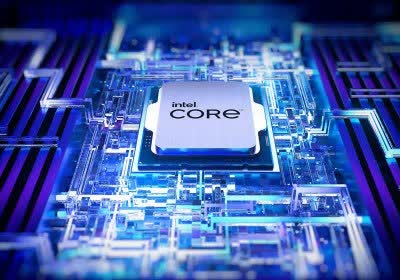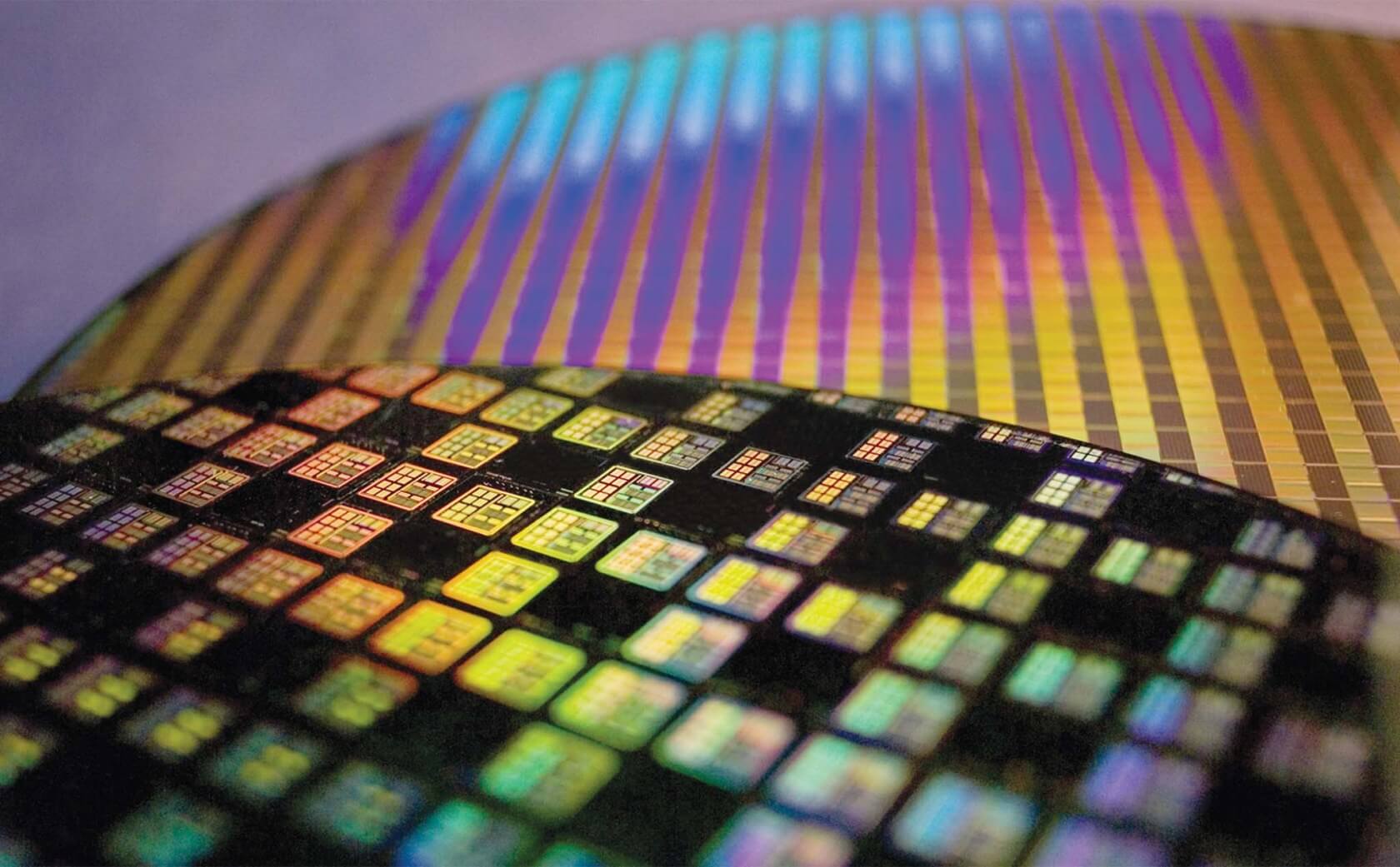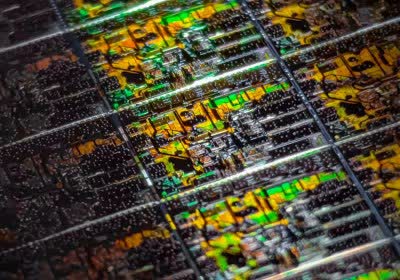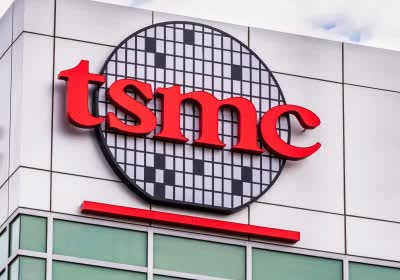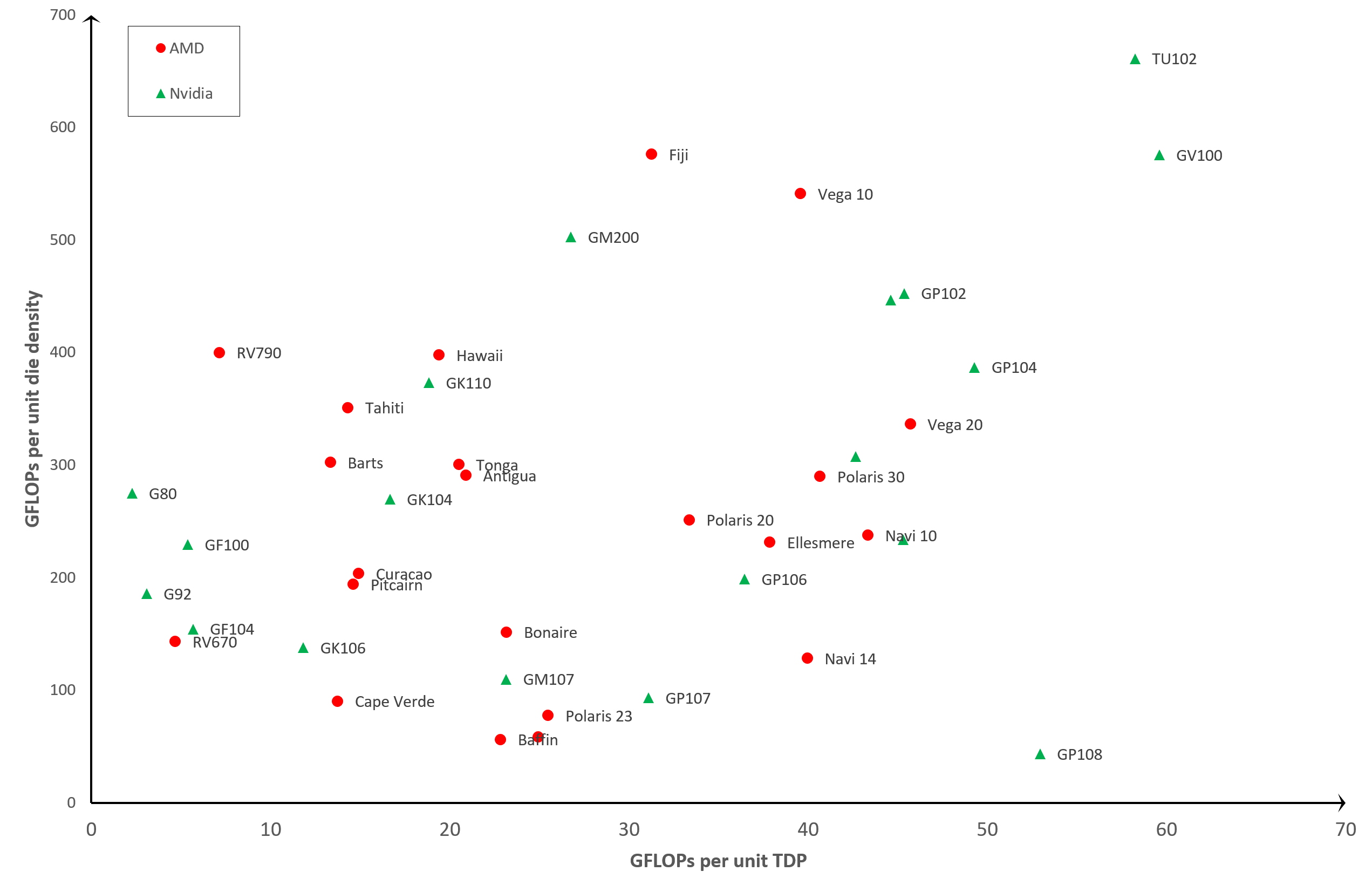Process nodes articles
The newly-renamed node will roll out later this year alongside Intel's 2nm process technology
Intel's 1nm node is coming in 2027 with "double-digit" improvements in performance and efficiency
The 1.4nm Intel 14A node will enter production in 2026
GPU Architecture Deep Dive: Nvidia Ada Lovelace, AMD RDNA 3 and Intel Arc Alchemist
Three vendors. Three architectures. Three approaches to GPU design. Join us as we dive into their semiconductor hearts and see how Ada Lovelace, Arc Alchemist, and RDNA 3 contrast and compare.
TSMC prepares for 2nm trial production using AI-assisted process
Pre-production reportedly starting at Zhuke plant in Baoshan with help from Nvidia's DGX H100
TSMC set to begin mass production of 3nm chips
Apple to get first dibs on 2023 TSMC 3nm wafers
TSMC's 2024 Arizona fab to upgrade from 5nm to 4nm after Apple's request
The big picture: Taiwan Semiconductor Manufacturing Company's (TSMC) Arizona factory project has become more apparent over the last few weeks. The company intends to move some of the most advanced node processing to the United States, much of it for Apple's iPhones. The company will soon announce an upgrade to its plans.
TSMC hoping to move 3nm production to US, now starting work towards 1nm
The big picture: It's been an eventful few months in the processing industry, with tech companies releasing new products left and right. The influx of devices isn't stopping, as TSMC has plans to relocate 3nm development to the United States, and that's not the only news.
Samsung unveils 5-year roadmap for processors, reaching 1.4nm by 2027
Forward-looking: During Samsung's Foundry Forum 2022, the company revealed a roadmap for processor sizes within various Samsung devices. Samsung Foundry's presentation went in-depth regarding the next five years of the roadmap, giving enthusiasts a glimpse into the near future of mobile computing.
Apple reluctantly agrees to TSMC's price increases
In context: TSMC is one of the largest processor manufacturers in the world, creating chips and wafers for many companies, including AMD, Nvidia, and Apple. As one of TSMC's biggest customers, Apple was not happy following an announcement that TSMC would increase prices in 2023.
TSMC announces a handful of 3nm process nodes, N2 coming in 2025
Five N3 nodes in three years
Intel 4 process might enable 20 percent higher clock speeds with identical power consumption
A massive leap over Intel 7
Low yield on Samsung's 4nm process node prompts Qualcomm to go with TSMC for future chips
Samsung is currently investigating foundry executives
Intel buys Israeli specialty chipmaker Tower Semiconductor for $5.4 billion
Intel's foundry business is growing more teeth
TSMC promises performance and power efficiency gains with its new 5nm 'N4P' process
An improvement over N5 and N4 processes
TSMC gets green light on 2nm fab, plans to have it operational in 2024
So much for Intel's plan to lead process technology by 2025
25 Years Later: A Brief Analysis of GPU Processing Efficiency
The first 3D graphics cards appeared 25 years ago and since then their power and complexity have grown at a scale greater than any other microchip found in a PC. In going from one million to billions of transistors, smaller dies, and consuming more power, the capabilities of these behemoths is immeasurably greater, but what can we learn about efficiency?
Engineers build the smallest ever 3-D transistor measuring in at just 2.5nm
Consistent creation of sub-5nm transistors
TSMC is posing a serious threat to Intel's own foundries
Once the market leader, now Intel is struggling to keep up
Chip makers are slowing down on the way to 7nm
Development costs are becoming a problem for some

